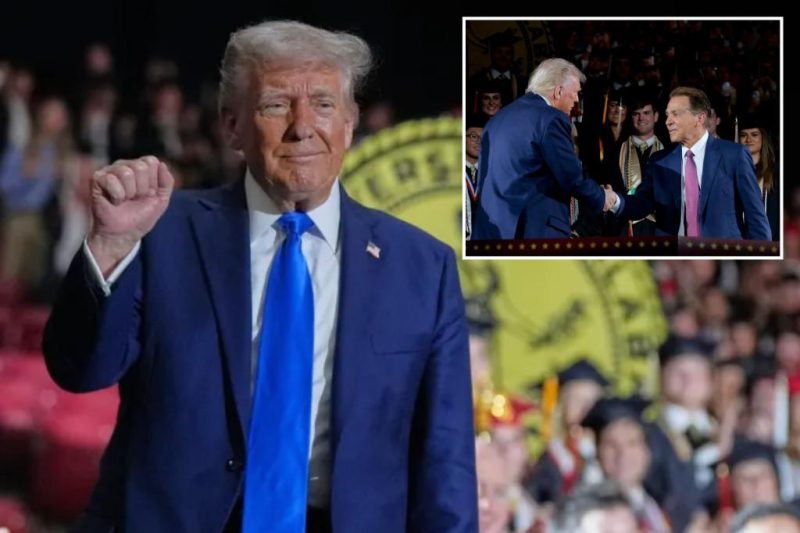
The world of college athletics is in a state of flux, thanks to the explosive rise of Name, Image, and Likeness (NIL) deals. These deals, which allow college athletes to profit from their own names and brands, have fundamentally altered the landscape of collegiate sports. But now, a potential intervention from the highest levels of government could be on the horizon.
According to reports, former President Donald Trump is considering issuing an executive order to regulate NIL after a meeting with Alabama’s legendary football coach, Nick Saban. This suggests a growing concern among influential figures about the potential downsides of the current unregulated NIL environment. While the details of any potential executive order remain scarce, the mere possibility has sent shockwaves through the college sports world.
Saban, a highly respected figure in college football, has been a vocal critic of the current NIL system. He has expressed concerns about potential unfair advantages for some programs and the potential for recruiting violations. His meeting with Trump underscores the gravity of these concerns and hints at a powerful lobbying effort to curb the perceived excesses of NIL.
The question now is: what form would such an executive order take? Would it impose stricter regulations on NIL deals, perhaps limiting their value or scope? Or could it focus on enhancing transparency and oversight to prevent potential abuses? The possibilities are numerous, and the potential implications for college athletes, universities, and the entire sports industry are vast.
This potential intervention highlights the complex challenges posed by NIL. While the ability for athletes to profit from their own image is undeniably positive, the lack of uniform regulations has created a Wild West scenario. The debate now shifts to finding a balance: preserving the opportunities for athletes while ensuring fairness and preventing exploitation.
The coming weeks and months will be crucial in determining the future trajectory of NIL. Will Trump actually issue an executive order? And if so, what will its impact be on the collegiate sports landscape? The answers remain uncertain, but one thing is clear: the debate over NIL is far from over.










